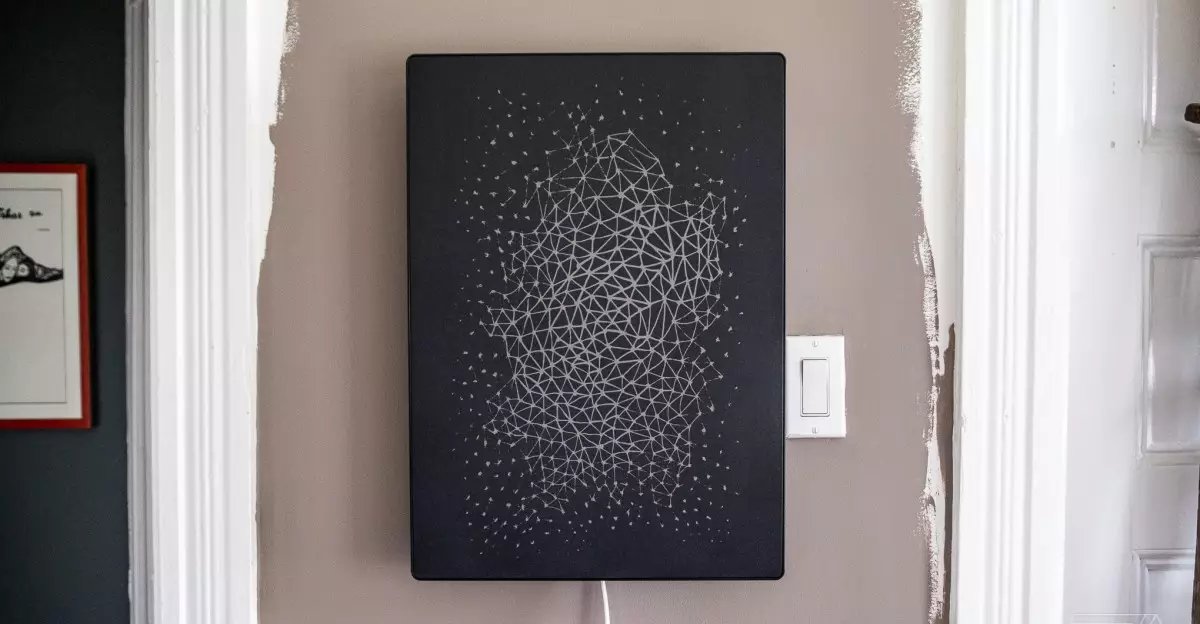The recent announcement regarding the winding down of the Symfonisk product line—a joint endeavor between audio powerhouse Sonos and home furnishings giant Ikea—marks the end of a significant chapter in consumer electronics. After years of creating innovative products that combined functional design with quality sound, the companies are not only halting future projects but also eliminating existing inventory globally. Such a decision carries weight not just for the brands involved but also for the consumers who have embraced these offerings as part of their homes.
Sonos confirmed its plans to The Verge, explaining that although it values the collaborative efforts with Ikea, the innovative spark that once fueled the partnership has dimmed. Spokesperson Erin Pategas emphasized their pride in the achievements made, yet the sobering reality is that no subsequent products will emerge from this collaboration. Existing items from the Symfonisk series will still receive software updates, allowing current users to retain a degree of functionality. However, this phase-out indicates a strategic pivot that reflects changing market dynamics and internal priorities.
Financial Implications and Market Responses
Interestingly, this closure unfolds against the backdrop of Sonos’s performance in the competitive audio landscape. The company is gearing up to release its quarterly earnings, and the timing is crucial, especially considering the ongoing discussions surrounding tariffs that could impact its pricing strategy. Just recently, Sonos took the proactive step of reducing prices on pivotal products like the Era 100 speaker and Ray soundbar, aiming to stimulate demand amidst potential declines in consumer interest.
Nevertheless, it’s uncertain how this reduction in price combined with the discontinuation of noted products will play out in the market. Consumers are likely confronted with a paradox: while existing Symfonisk products may become rarer and more desirable, their elimination may divert funds to newer offerings. The strategy Sonos is employing illustrates not only market awareness but also an attempt to combat economic pressures that could encumber future growth.
The Eco-Friendly Design Meets Audio Quality
One of the standout features of the Symfonisk lineup was its confluence of audio quality and aesthetic design. The innovative integration of speakers as furniture pieces—such as lamp speakers and picture frame speakers—was a game changer that transformed how people perceived home audio systems. These offerings allowed consumers to immerse themselves in quality sound while enhancing home decor rather than detracting from it, a feat traditional speakers often struggle to achieve.
The popularity of the Symfonisk products, especially within the context of home theater setups, speaks volumes about consumer preferences which demand more than just sound—they seek harmony with their living spaces. Yet, what happens now that this unique blend is disappearing? Will consumers revert to traditional bulky speakers, or will they prioritize brands still focused on aesthetic integration?
Challenges and Future Directions for Sonos
This transition, while bittersweet, highlights Sonos’s ongoing evolution as a brand. The company has faced challenges in recent months, including a significant backlash from its ambitious app overhaul that ultimately damaged its reputation with customers. Interim CEO Tom Conrad’s focus on enhancing user experience speaks to the growing importance of customer satisfaction in an increasingly competitive market.
In canceling its long-anticipated video player, Sonos has sent a clear message: it intends to streamline its operations and remain centered on what it does best—high-quality audio products. As the tech landscape continues to shift, the emphasis on audio excellence will always remain essential. Additionally, this focus dovetails beautifully with Sonos’s overarching mission: creating an unmatched audio experience across a myriad of environments.
As the curtain falls on the Symfonisk lineup, it’s a poignant reminder of the ephemeral nature of innovation in tech. The end of this chapter poses a question not just for Sonos, but for all players in the audio industry: How can brands continue to innovate in a cluttered marketplace while remaining true to the fundamental elements that originally sparked consumer interest? In navigating this complex terrain, only time will reveal the answers.

